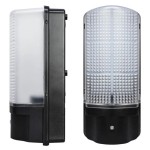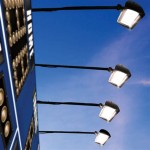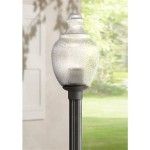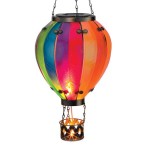Best Lighting for Outdoor Photography: Mastering the Golden Hour and Beyond
Outdoor photography presents a dynamic canvas for capturing breathtaking images, but mastering the art of light is crucial to achieving stunning results. Light is the most fundamental element in photography; it shapes the mood, emphasizes textures, and reveals the beauty of your subject. Understanding the different types of outdoor lighting and their effects will empower you to make informed decisions and create captivating photographs. This article delves into the best lighting conditions for outdoor photography, exploring the magic of the golden hour, the versatility of overcast skies, and the captivating possibilities of backlighting.
The Golden Hour: A Photographer's Paradise
The golden hour, the period shortly after sunrise and before sunset, is widely considered the most flattering time of day for photography. The low angle of the sunlight casts long, dramatic shadows and creates a warm, golden glow that adds depth and vibrancy to images. This gentle light softens harsh features, resulting in a more ethereal and romantic atmosphere. Golden hour light is ideal for portraiture, landscapes, and architectural photography. It enhances textures and adds a sense of nostalgia to your photographs. During this time, the sun's rays are filtered through a greater thickness of atmosphere, resulting in a softer, more diffused light that is less harsh on the subject. The warm tones produced by the golden hour light also create a sense of warmth and intimacy in photographs.
Overcast Skies: Diffused Light for a Soft and Dreamy Look
While many photographers associate overcast skies with dull and uninteresting light, they offer a unique and versatile opportunity. Overcast conditions produce a soft, diffused light that eliminates harsh shadows, creating a more even illumination on the subject. This consistent light is particularly beneficial for portrait photography, as it minimizes wrinkles and imperfections, producing a flattering and ethereal effect. The diffused light also allows for a wider range of subject exposure, making it easier to achieve balanced and well-exposed images. Overcast skies are also ideal for landscape photography, creating a dreamy and serene ambiance. The soft, diffused light can create a sense of tranquility and depth in landscapes, highlighting subtle details and textures.
Backlighting: Creating Silhouettes and Dramatic Effects
Backlighting occurs when the sun is positioned behind the subject, creating a dramatic and often ethereal effect. The light source illuminates the subject from behind, resulting in a halo-like glow around the edges, while the subject itself may appear as a silhouette. This technique adds depth and dimension to images, emphasizing the subject's outline and creating a sense of mystery. Backlighting is particularly effective for silhouette photography, where the subject is intentionally placed against a bright light source, transforming it into a dark outline. This dramatic effect can create striking images that evoke emotions and intrigue. Backlighting can also be used to create a sense of depth and dimension in landscapes, enhancing the contrast between light and shadow and highlighting the contours of the terrain.
Beyond the Basics: Understanding Light Quality and Direction
Beyond the specific times of day, understanding the quality and direction of light is essential for creating impactful photographs. The quality of light refers to its hardness or softness, which can significantly impact the overall mood and detail of your image. Hard light, typically associated with midday sun, creates sharp shadows and highlights, while soft light, such as that found during overcast days or the golden hour, produces subtle shadows and a more diffused illumination. The direction of light refers to the angle at which it strikes the subject. Sidelighting, where light comes from the side of the subject, enhances texture and creates dimension. Front lighting, where light comes directly from the front, can be helpful for portraits but may result in a flatter image. Experimenting with different lighting conditions and angles allows you to discover the unique beauty of each type of light and its ability to evoke different emotions and moods in your photographs.

The Best Lighting For Outdoor Photography Focus

Lighting For Outdoor Photo And B H Explora

11 Outdoor Portrait Photography Tips For Easy Shots

The Best Lighting For Outdoor Photography Focus

How To Find The Best Lighting For Outdoor Photos Pretty Presets Lightroom

11 Outdoor Portrait Photography Tips For Easy Shots

11 Outdoor Portrait Photography Tips For Easy Shots

Natural Light Photography How To Improve Outdoor Portraits Bidun Art

When And How To Use These 8 Types Of Photography Lighting

11 Outdoor Portrait Photography Tips For Easy Shots







